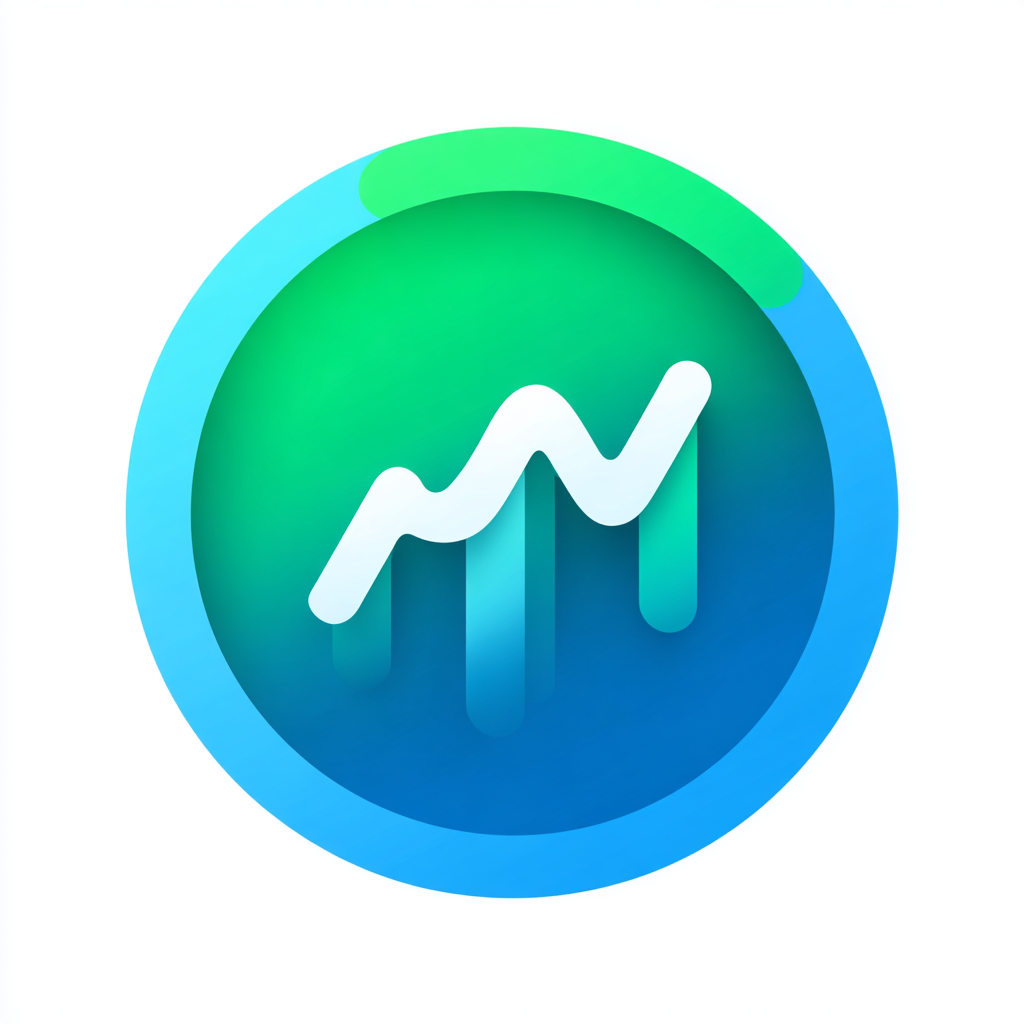Last updated: September 4, 2025 at 6:00 PM
Managing uptime reports for a handful of clients is manageable. But what happens when your agency grows to 100, 200, or even more clients? Manual reporting quickly becomes a bottleneck that consumes valuable time and resources while risking errors that can damage client relationships. The solution lies in automation,implementing systems that can handle large-scale reporting efficiently and consistently.
The Challenge of Scaling Manual Reporting
As agencies grow, manual reporting processes become unsustainable:
- Time Consumption: Creating individual reports for each client takes hours
- Inconsistency: Manual processes lead to variations in report quality and timing
- Error Risk: Human error can result in incorrect data or missed reports
- Scalability Issues: Adding new clients increases reporting workload exponentially
The Automation Solution
Automated uptime reporting transforms this challenge into an opportunity. With the right tools and processes, agencies can:
- Save 90% of reporting time through automation
- Ensure consistency across all client reports
- Scale effortlessly as your client base grows
- Improve client satisfaction with timely, professional reports
Step 1: Choose the Right Monitoring Platform
Essential Features for Agency Automation
When selecting a monitoring solution for automation, look for:
- Bulk Operations: Ability to manage multiple sites simultaneously
- API Access: Programmatic control for custom integrations
- Template System: Customizable report templates for branding
- Scheduling: Automated report generation and delivery
- Multi-Client Support: Separate monitoring for different clients
Why Lagnis Works for Agencies
Lagnis provides the perfect foundation for agency automation:
- 100 sites for $33/month makes it cost-effective for large client bases
- Bulk import and management capabilities
- Custom report templates for professional branding
- API access for custom integrations
- Multi-channel alerts for comprehensive monitoring
Step 2: Implement Bulk Site Management
Organizing Your Client Portfolio
- Client Grouping: Organize sites by client for easy management
- Tagging System: Use tags to categorize sites by type, priority, or service level
- Bulk Import: Use CSV uploads or API calls to add multiple sites at once
Setting Up Monitoring Rules
- Standardized Configuration: Apply consistent monitoring settings across client groups
- Custom Thresholds: Set different alert levels based on client needs
- Automated Setup: Use templates to quickly configure new client sites
Step 3: Automate Report Generation
Creating Report Templates
Design professional report templates that include:
- Executive Summary: High-level uptime and performance overview
- Detailed Metrics: Specific performance data and trends
- Action Items: Recommendations for improvements
- Branding Elements: Your agency's logo and contact information
Scheduling Automated Reports
- Weekly Reports: For high-value clients or critical websites
- Monthly Reports: For standard maintenance clients
- Quarterly Reviews: For strategic planning and relationship building
- On-Demand Reports: Available when clients request additional information
Step 4: Streamline Client Communication
Automated Delivery Systems
- Email Automation: Send reports directly to client inboxes
- Client Portal: Provide access to reports through a branded portal
- Integration Options: Connect with CRM systems for seamless communication
Proactive Communication
- Incident Notifications: Immediate alerts when issues are detected
- Status Updates: Regular communication about site health
- Performance Insights: Share trends and recommendations
Step 5: Integrate with Your Workflow
CRM Integration
Connect your monitoring system with your CRM to:
- Track Client Interactions: Log monitoring activities and communications
- Automate Follow-ups: Trigger follow-up actions based on report delivery
- Maintain Client History: Keep comprehensive records of all monitoring activities
Project Management Integration
- Task Automation: Create tasks for issues that require attention
- Time Tracking: Log time spent on monitoring and incident resolution
- Team Collaboration: Share monitoring information with team members
Real-World Agency Success Stories
Mid-Size Agency Transformation
A digital agency with 150 clients implemented automated reporting:
- Time Savings: Reduced reporting time from 40 hours to 4 hours per month
- Client Satisfaction: 95% of clients reported increased satisfaction with reporting
- Revenue Growth: Added $15,000/month in monitoring service fees
- Team Efficiency: Freed up staff time for higher-value activities
Large Agency Scaling
A large agency managing 500+ client sites:
- Scalability: Easily added 100 new clients without increasing reporting workload
- Consistency: Standardized reporting improved client trust and retention
- Competitive Advantage: Automated reporting became a key differentiator
Best Practices for Agency Automation
Start Small and Scale
- Pilot Program: Begin with a small group of clients to test your automation
- Iterate and Improve: Refine your processes based on feedback and results
- Gradual Rollout: Expand automation to more clients as you perfect the system
Maintain Human Touch
- Personalized Communication: Use automation for routine tasks, not relationship building
- Customization Options: Allow for client-specific customizations when needed
- Regular Reviews: Periodically review and update your automation processes
Monitor and Optimize
- Track Performance: Measure the effectiveness of your automated reporting
- Client Feedback: Gather input on report quality and usefulness
- Continuous Improvement: Regularly update templates and processes
Common Challenges and Solutions
Client Resistance to Automation
Challenge: Some clients may prefer manual, personalized reporting
Solution: Explain the benefits of automation while maintaining customization options
Technical Complexity
Challenge: Setting up automation can seem overwhelming
Solution: Start with simple automation and gradually add complexity
Data Accuracy
Challenge: Ensuring automated reports contain accurate, relevant information
Solution: Implement quality checks and validation processes
Conclusion
Automated uptime reporting is not just a time-saving tool,it's a strategic advantage for growing agencies. By implementing comprehensive automation with tools like Lagnis, agencies can scale their services efficiently, improve client satisfaction, and focus on higher-value activities. The investment in automation pays dividends in operational efficiency, client retention, and business growth.
 Lagnis
Lagnis